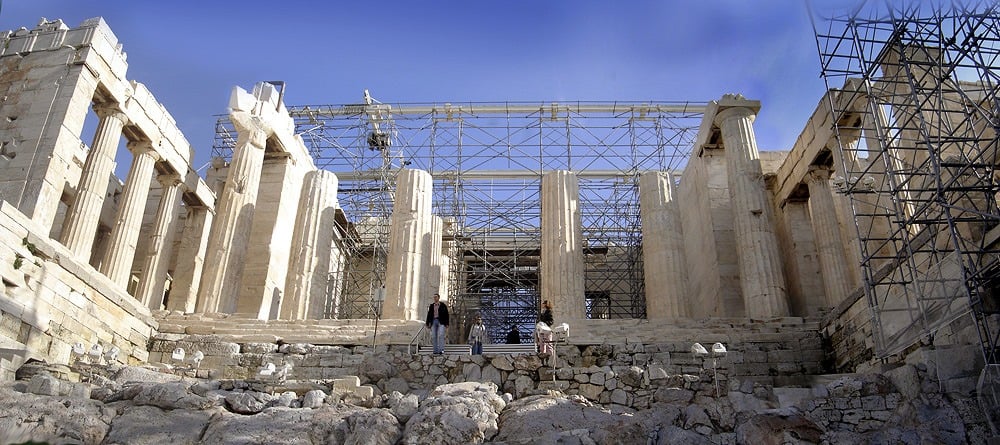The Acropolis Of Athens: Ancient Ruined Temples Standing Tall On A Sacred Hill
The Acropolis of Athens is an ancient citadel situated on a high rocky outcrop above the city of Athens, Greece.
It is home to several iconic ancient buildings, with the most famous being the Parthenon.
While there are other acropolises across Greece, the Acropolis of Athens is the most well-known.
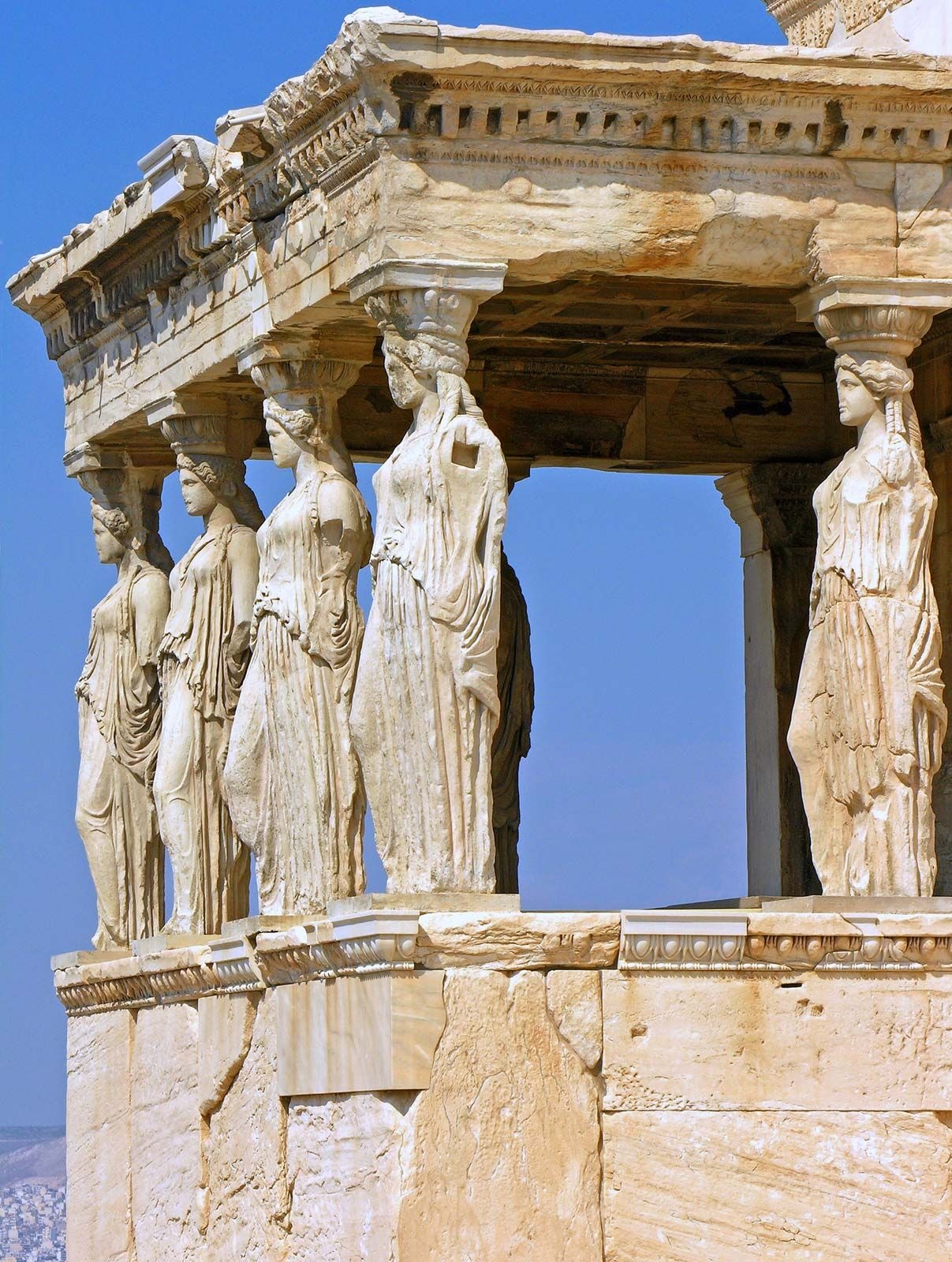
History of the Acropolis of Athens
The term “Acropolis” comes from two Greek words: “akron,” meaning “highest point,” and “polis,” meaning “city.”
During ancient times, the Acropolis of Athens was also called “Cecropia” after the mythical serpent-man Cecrops, the supposed first king of Athens.
Although Acropolis has been inhabited since the Neolithic period, it rose to prominence in the 5th century BC, during the height of the Athenian Empire.
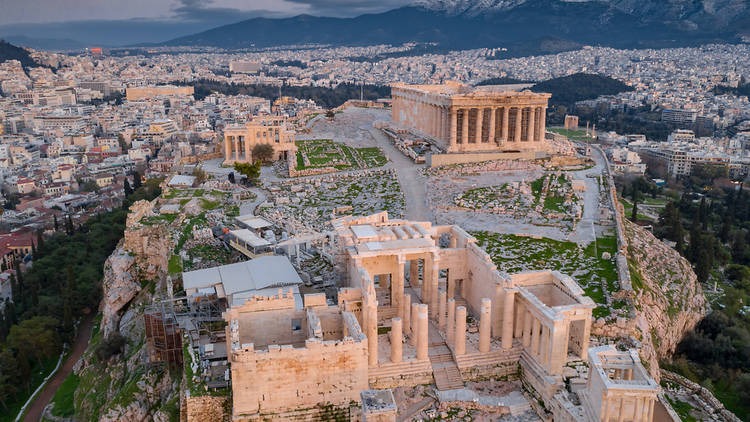
Early Settlement
The Acropolis sits 150 meters above sea level on a flat rock with a surface area of about 7.4 acres.
Evidence shows it was inhabited as early as the Neolithic era (6000 BC).
During the Bronze Age, a Mycenaean palace was built on the hill, protected by a large, sturdy wall known as a Cyclopean wall.
This wall, built around 1300 BC, provided defense for the Acropolis for many centuries.

Archaic Acropolis
In the 7th and 6th centuries BC, leaders like Kylon and Peisistratos sought control of the Acropolis.
Peisistratos built some of the earliest structures, including the first gate (Propylaea).
Around 570–550 BC, the first large temple to Athena, known as the Hekatompedon, was built.
Later, another temple to Athena was constructed, but it was destroyed by the Persians during their invasion of Athens in 480 BC.
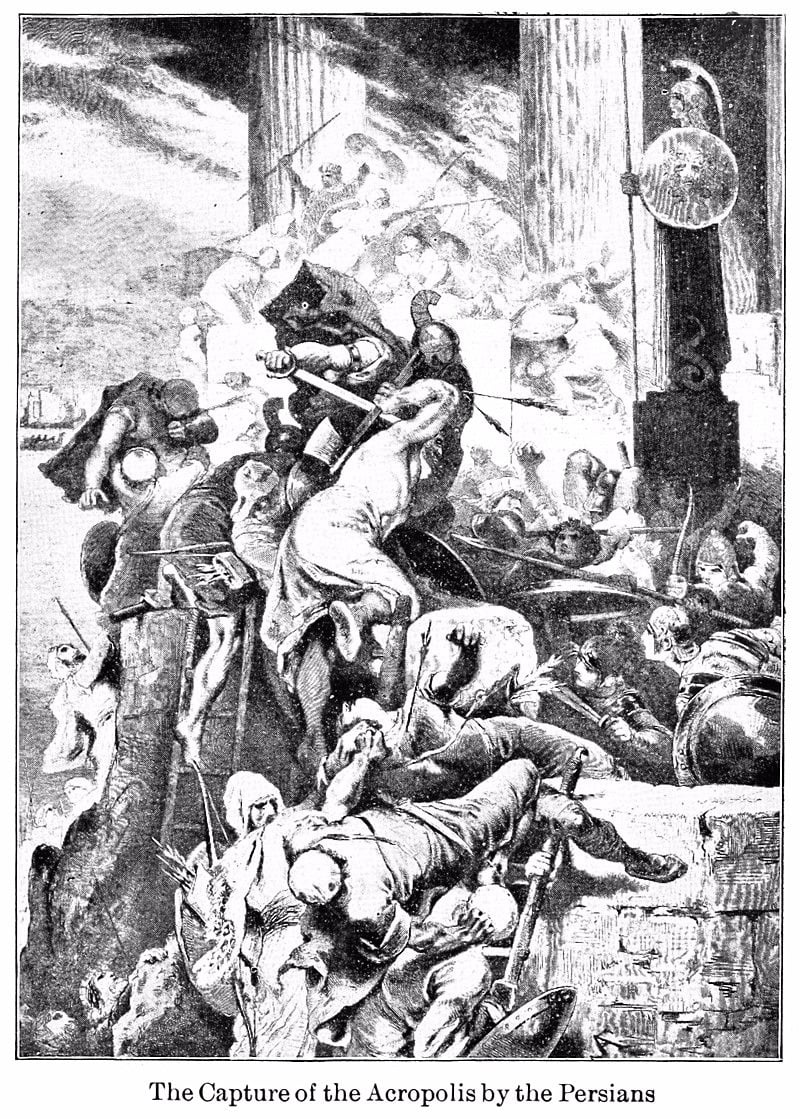
Classical Acropolis
After the Persian invasion, the Acropolis was rebuilt, with the construction of the Parthenon beginning around 447 BC under Pericles’ leadership.
The Parthenon, dedicated to the goddess Athena, was an impressive feat of architecture and symbolized Athens’ power and cultural achievements.
Other important structures, such as the Erechtheion and the Temple of Athena Nike, were also built during this period.
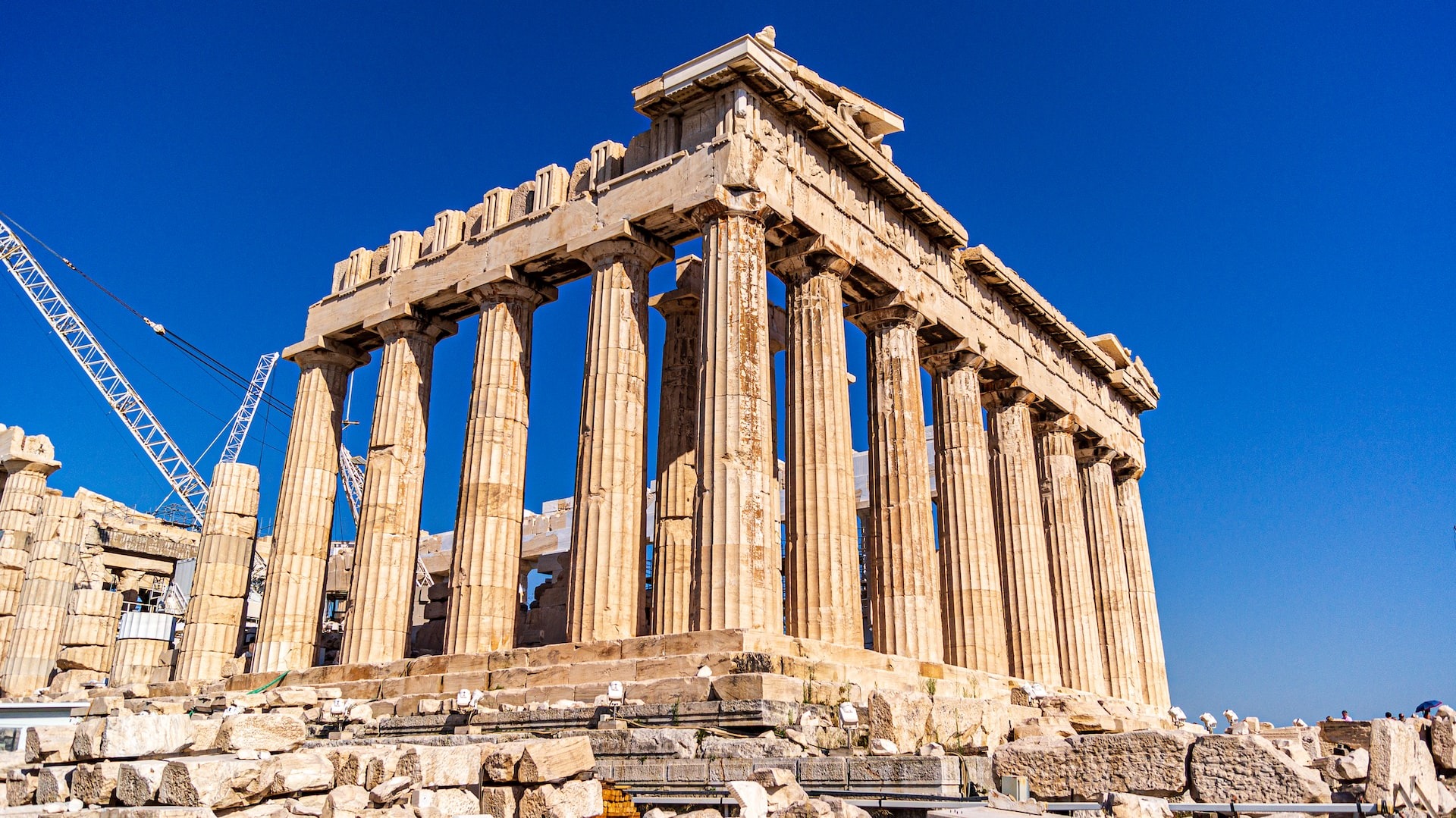
Hellenistic and Roman Periods
During the Hellenistic and Roman eras, the Acropolis saw repairs and new monuments.
Notably, the Romans added the Temple of Roma and Augustus, and Herodes Atticus constructed a large amphitheater on the south slope.
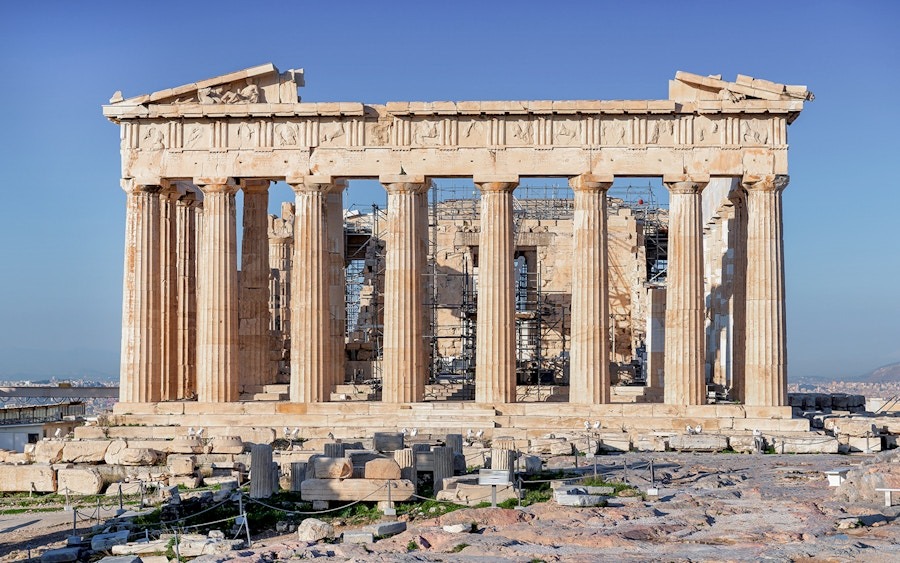
Byzantine, Latin, and Ottoman Periods
In later periods, the Parthenon was converted into a church during Byzantine times, and during the Latin occupation, it became the city’s administrative center.
After the Ottoman conquest, it was turned into a mosque.
The buildings suffered severe damage during the Venetian siege in 1687.
In particular, gunpowder stored inside the Parthenon by the Turkish rulers exploded after being hit by a Venetian cannonball.
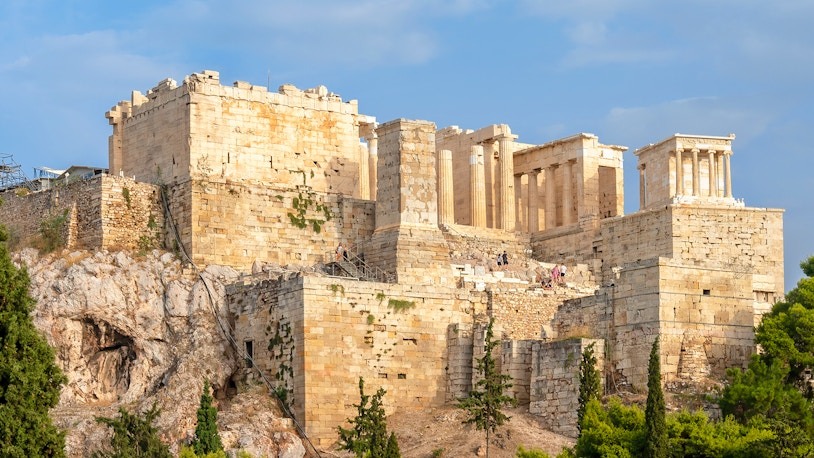
Restoration
Fortunately, restoration efforts began in the 19th century, and today the Acropolis is carefully preserved to maintain its historical significance.
The site is a UNESCO World Heritage site and continues to undergo restoration to keep it standing for future generations.
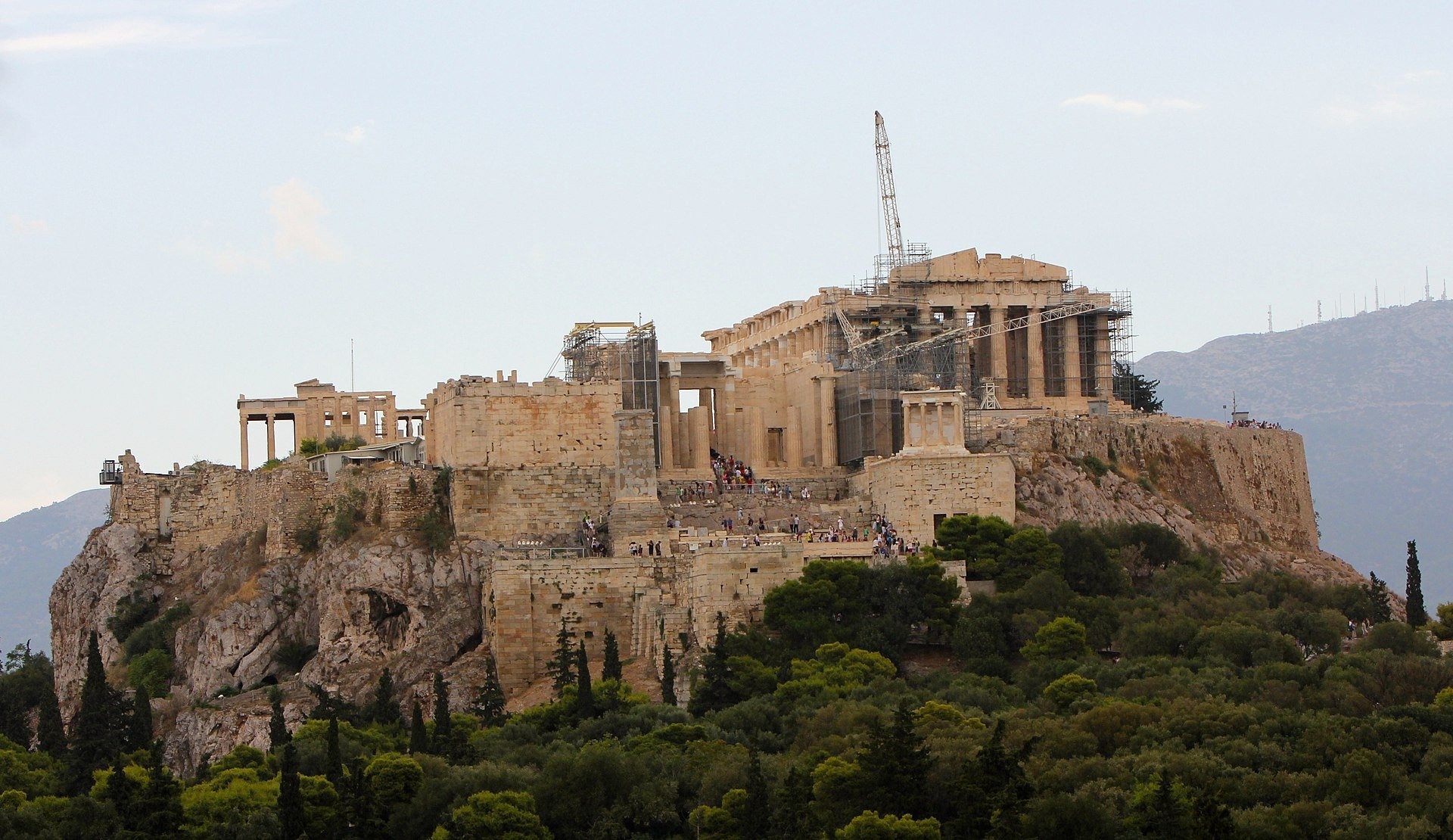
Parthenon
The Parthenon is undoubtedly the crown jewel of the Acropolis.
This temple is dedicated to Athena Parthenos, the virgin goddess and protector of Athens.
Built between 447 and 432 BC, the Parthenon is designed in the Doric order, characterized by simple, yet powerful columns and a sense of harmony in its proportions.
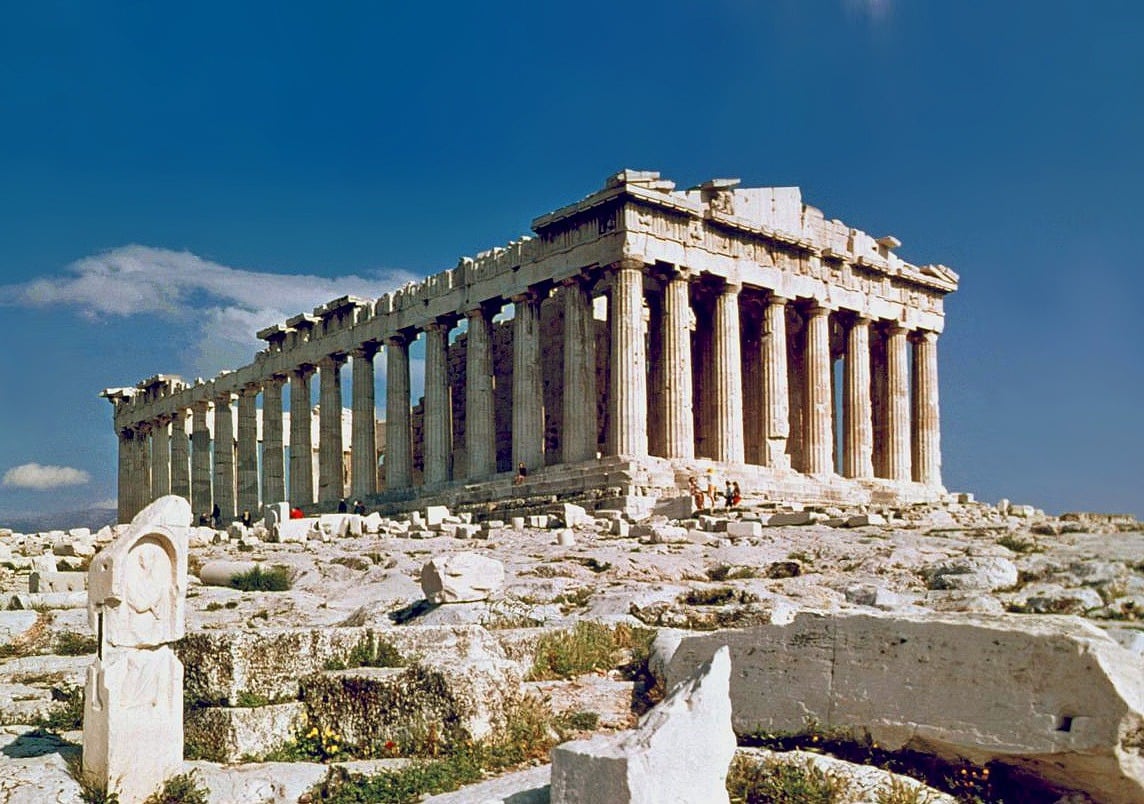
Originally, the Parthenon housed a massive gold and ivory statue of Athena, crafted by the sculptor Phidias.
The temple’s external frieze is adorned with intricate carvings depicting the Panathenaic Procession, a festival held in honor of Athena.
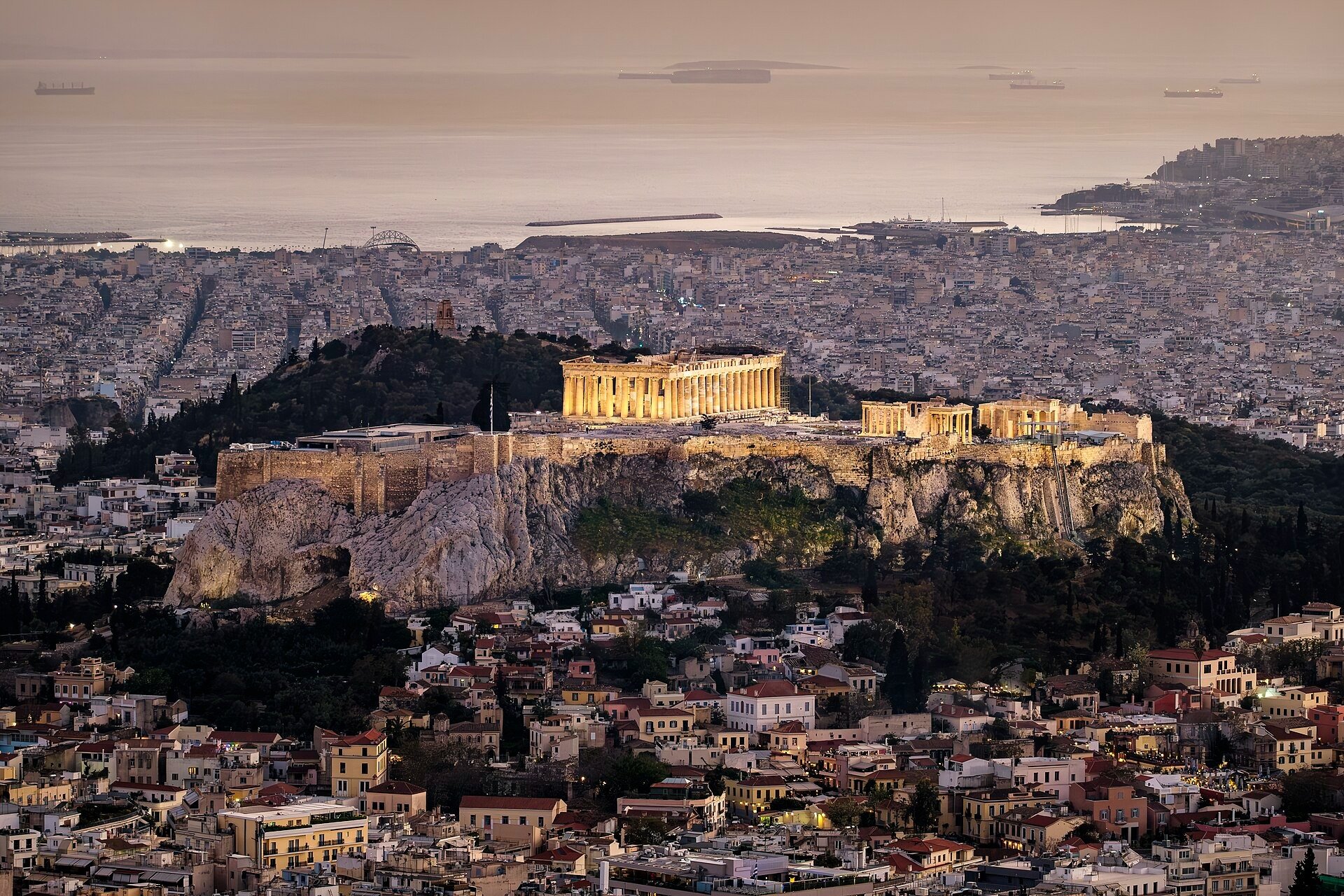
While time and conflict have taken their toll, many of the Parthenon’s sculptures are preserved in the Acropolis Museum and the British Museum in London.

Erechtheion
The Erechtheion, located to the north of the Parthenon, is another architectural gem on the Acropolis.
It is a unique temple that is steeped in Athenian mythology.
According to legend, the Erechtheion is built on the site where Athena and Poseidon competed for the city’s patronage.
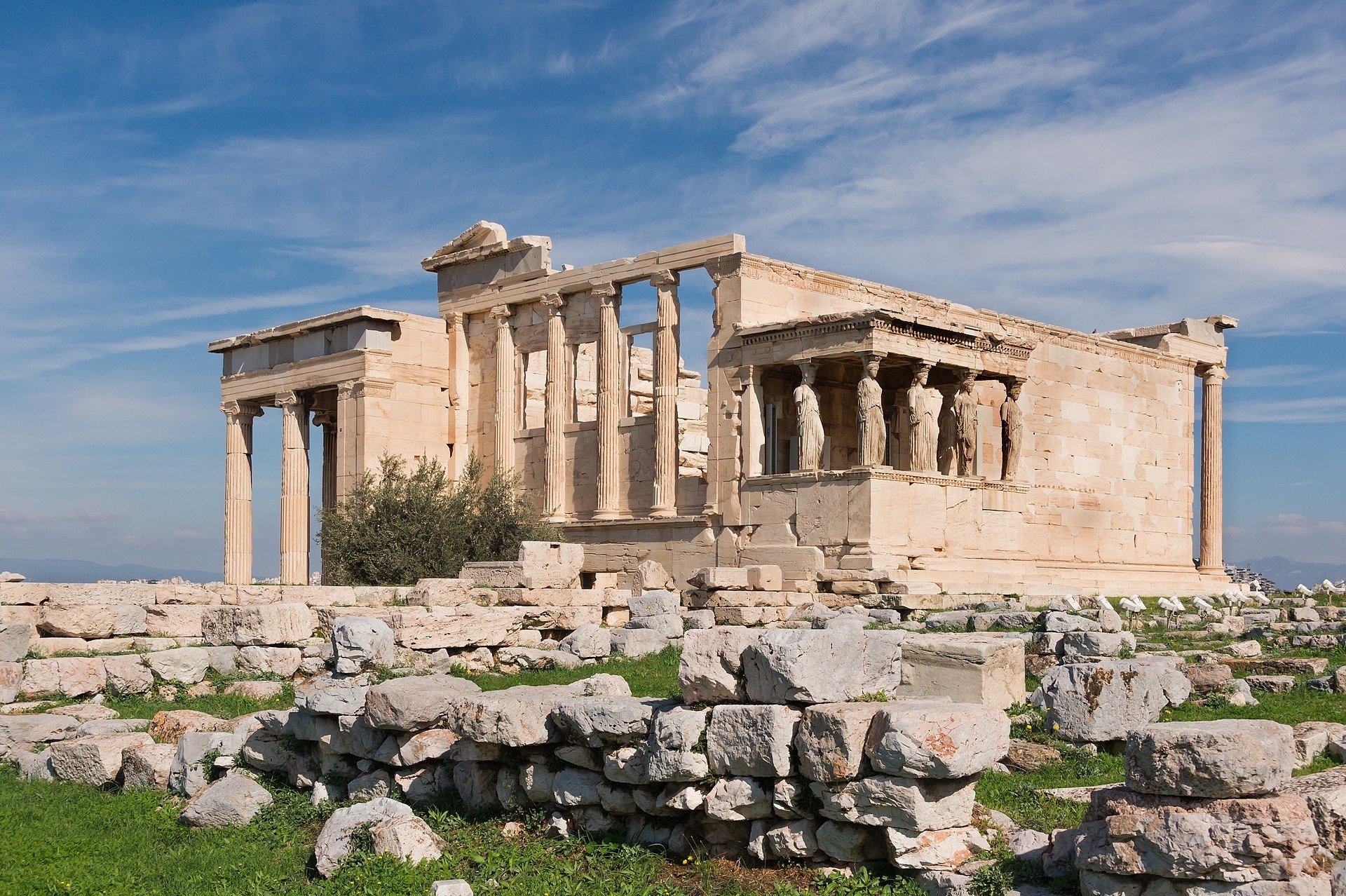
While Poseidon struck the ground with his trident, creating a saltwater spring, Athena gave the city the olive tree, symbolizing peace and prosperity.
The olive tree that stands near the temple today is a reminder of this myth.
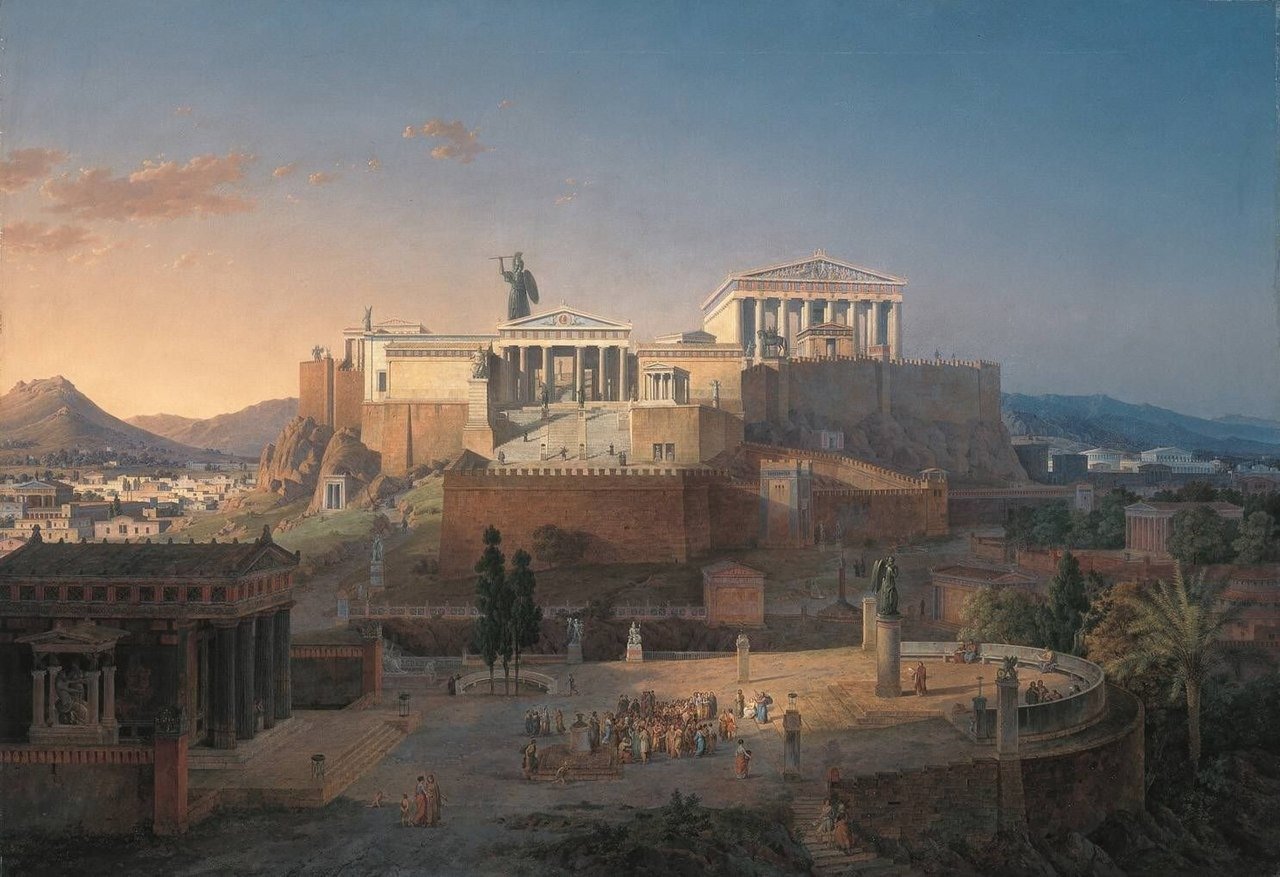
The temple’s most famous feature is the Porch of the Caryatids, where six elegantly draped female figures, known as caryatids, serve as columns.
The originals of these statues have been replaced with replicas, with the originals preserved for protection in the Acropolis Museum.

Temple of Athena Nike
The Temple of Athena Nike, a small but elegant Ionic temple, stands at the southwest corner of the Acropolis.
Built around 420 BC, it was designed to commemorate Athenian victories in war, especially over the Persians.
The temple is dedicated to Athena as the goddess of victory (Nike). Its frieze shows scenes of battles, reflecting the military prowess of Athens.
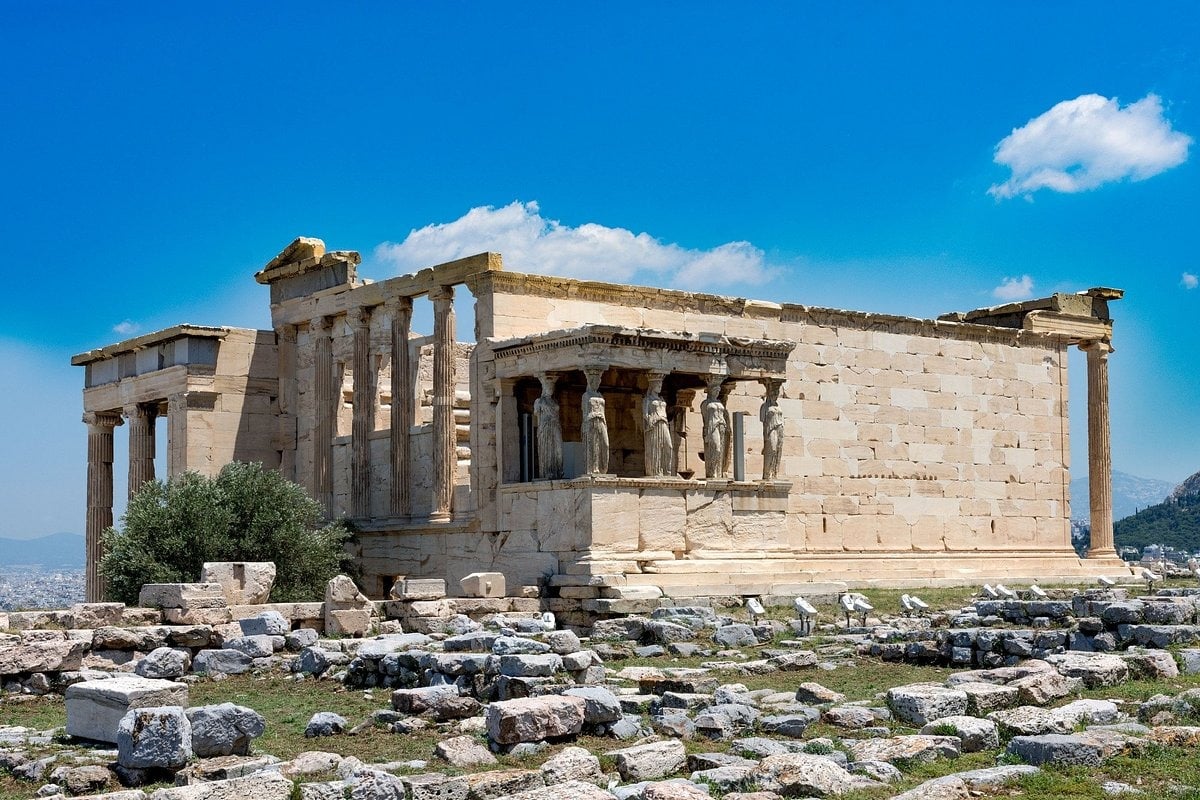
Propylaea
The Propylaea is the monumental gateway that serves as the entrance to the Acropolis.
Constructed between 437 and 432 BC, it was designed to make a grand statement to all who visited the sacred site.
The Propylaea is a blend of Doric and Ionic architectural elements, with massive columns and a central passageway that leads to the summit.
Flanked by galleries, the Propylaea once housed paintings and works of art, making it not only an entryway but also an exhibition space.
